The Coromandel Cuckoo (Clamator coromandus): Nature’s Enigmatic Songster
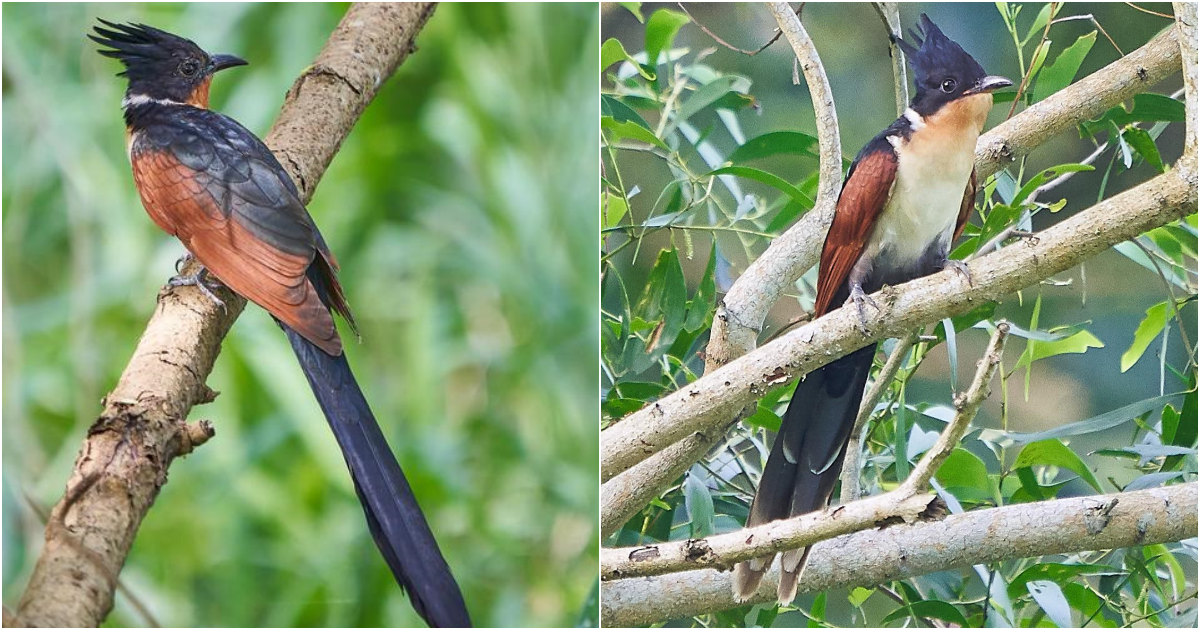
Nature has bestowed us with a fascinating array of avian species, each with its unique charm and appeal. Among these enchanting creatures is the Coromandel Cuckoo (Clamator coromandus), a bird that captivates both the eyes and ears of birdwatchers and nature enthusiasts alike. With its striking appearance and melodious calls, this remarkable species leaves an indelible impression on anyone lucky enough to encounter it. Let us delve into the captivating world of the Coromandel Cuckoo and explore its mesmerizing attributes.
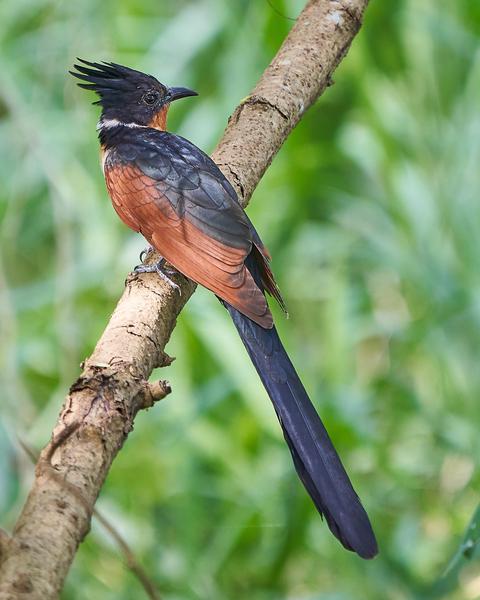
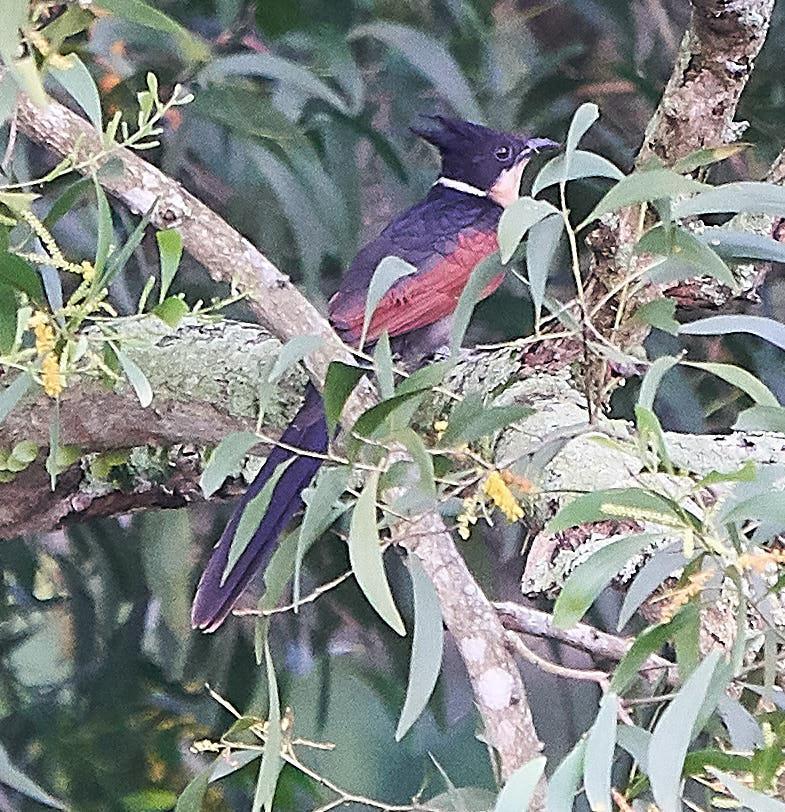 The Coromandel Cuckoo is primarily found in the Indian subcontinent, particularly in the regions of the Western Ghats, Sri Lanka, and parts of Southeast Asia. It inhabits a wide range of habitats, including dense forests, grasslands, and even urban areas. This adaptability enables the species to thrive in diverse environments, making it a common sight across its range.
The Coromandel Cuckoo is primarily found in the Indian subcontinent, particularly in the regions of the Western Ghats, Sri Lanka, and parts of Southeast Asia. It inhabits a wide range of habitats, including dense forests, grasslands, and even urban areas. This adaptability enables the species to thrive in diverse environments, making it a common sight across its range.  One of the most captivating aspects of the Coromandel Cuckoo is its melodious repertoire of calls. The male’s song is a rhythmic series of whistling notes that reverberate through the forests, announcing its presence in a captivating symphony. These calls are often heard during the breeding season when males compete for the attention of females. The Coromandel Cuckoo’s vocal talents are not limited to its own songs alone, as it possesses remarkable mimicry skills, imitating the calls of other bird species with uncanny accuracy.
One of the most captivating aspects of the Coromandel Cuckoo is its melodious repertoire of calls. The male’s song is a rhythmic series of whistling notes that reverberate through the forests, announcing its presence in a captivating symphony. These calls are often heard during the breeding season when males compete for the attention of females. The Coromandel Cuckoo’s vocal talents are not limited to its own songs alone, as it possesses remarkable mimicry skills, imitating the calls of other bird species with uncanny accuracy. 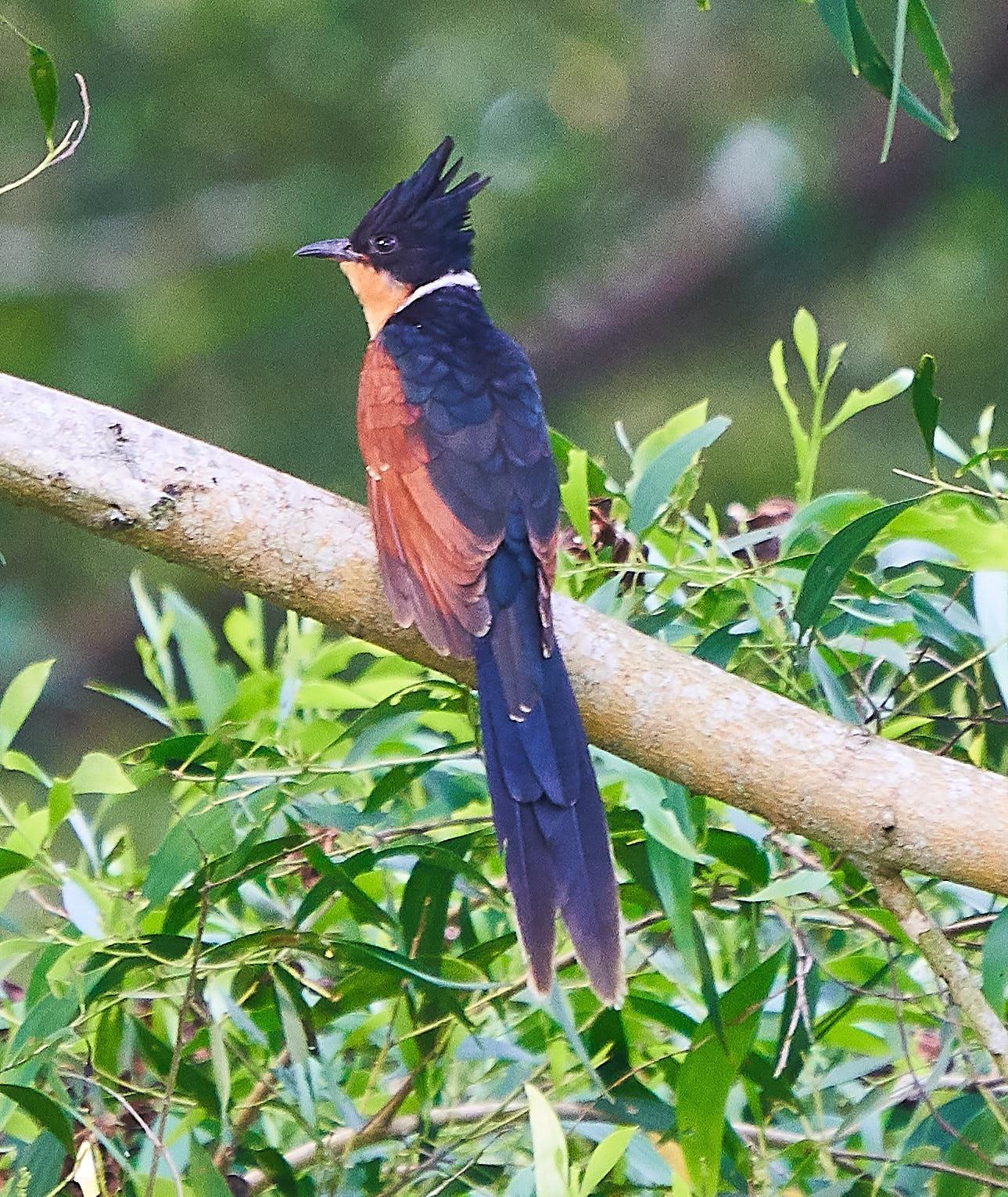 During the breeding season, the Coromandel Cuckoo displays fascinating behaviors. The female lays its eggs in the nests of other bird species, cleverly evading the task of raising its own offspring. This reproductive strategy, known as brood parasitism, ensures that the Coromandel Cuckoo’s young are raised by unsuspecting foster parents. Once hatched, the young cuckoos grow rapidly and often outcompete the host species’ own offspring for resources.
During the breeding season, the Coromandel Cuckoo displays fascinating behaviors. The female lays its eggs in the nests of other bird species, cleverly evading the task of raising its own offspring. This reproductive strategy, known as brood parasitism, ensures that the Coromandel Cuckoo’s young are raised by unsuspecting foster parents. Once hatched, the young cuckoos grow rapidly and often outcompete the host species’ own offspring for resources. 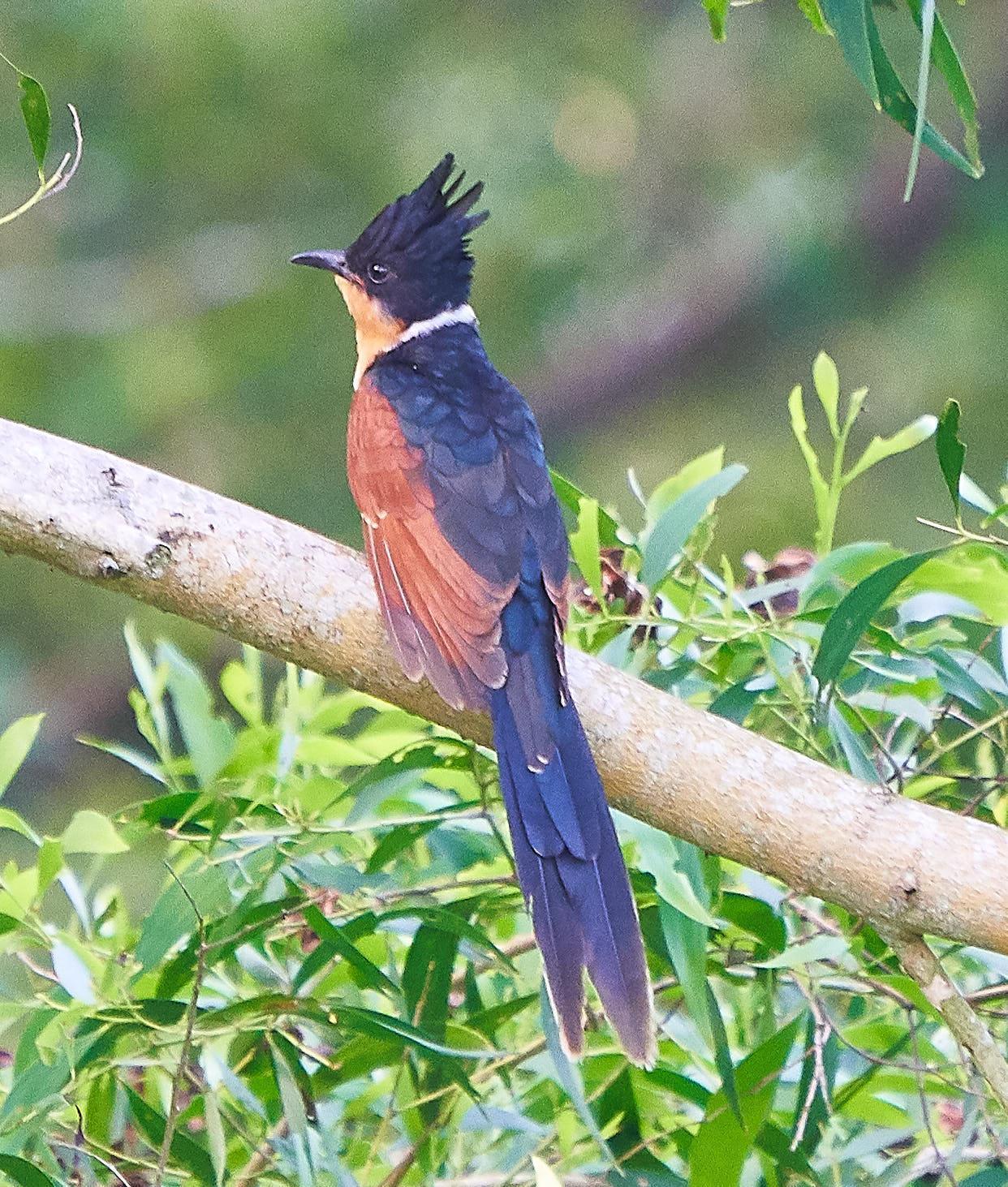 The Coromandel Cuckoo, like many other bird species, faces various threats to its population. Deforestation, habitat loss, and pesticide use are significant concerns that have led to a decline in their numbers. Efforts are being made to raise awareness about the importance of preserving their habitats and promoting sustainable practices to protect these magnificent birds.
The Coromandel Cuckoo, like many other bird species, faces various threats to its population. Deforestation, habitat loss, and pesticide use are significant concerns that have led to a decline in their numbers. Efforts are being made to raise awareness about the importance of preserving their habitats and promoting sustainable practices to protect these magnificent birds. 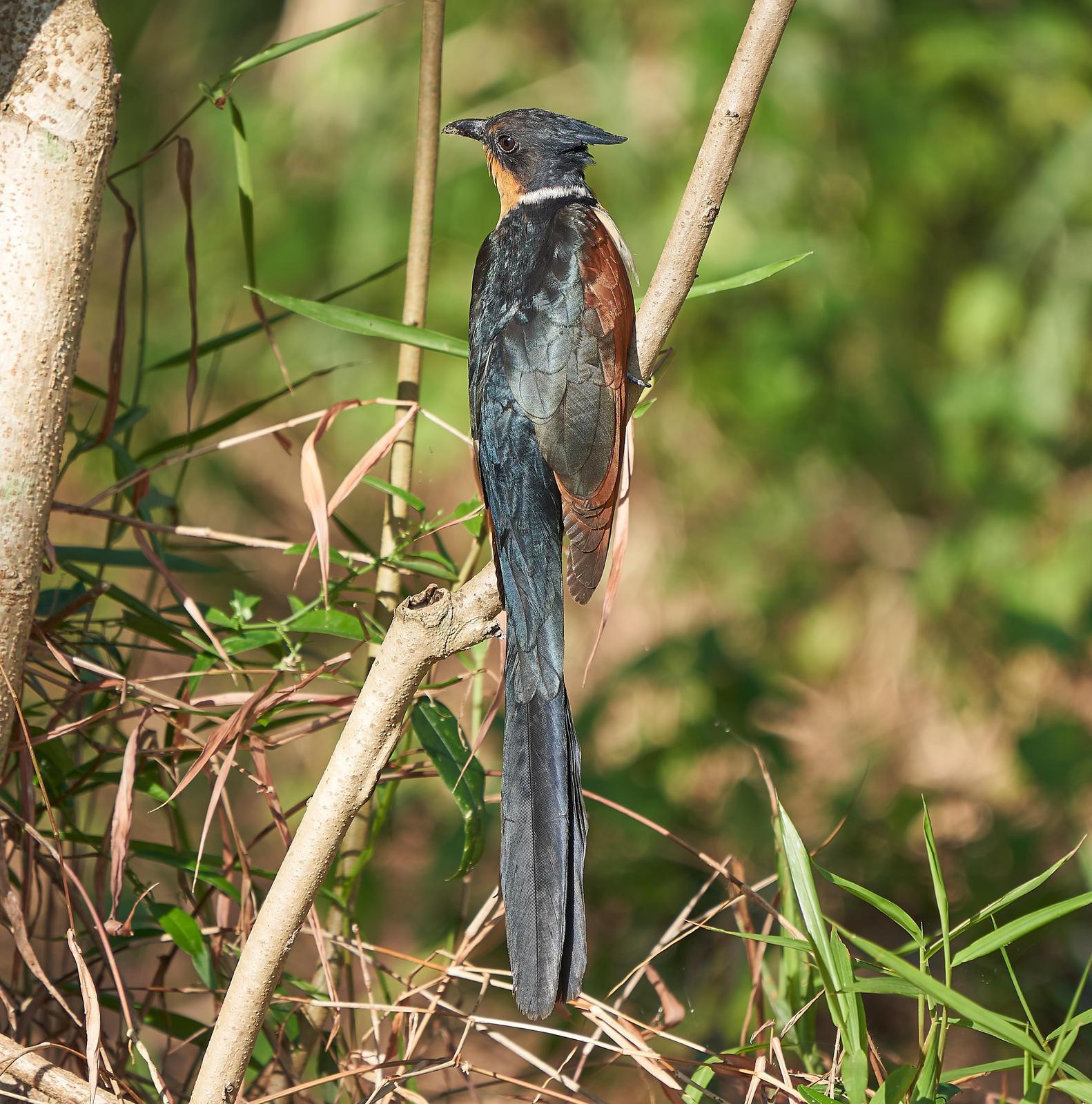 The Coromandel Cuckoo, with its alluring appearance, captivating vocalizations, and intriguing behaviors, is truly a gem in the avian world. Its ability to adapt to different environments and its enchanting songs make it a joy to observe for birdwatchers and nature enthusiasts. However, it is crucial for us to recognize the challenges this species faces and take necessary steps to ensure its conservation. By appreciating and safeguarding the Coromandel Cuckoo and its habitat, we contribute to the preservation of our natural heritage and maintain the delicate balance of our ecosystems.
The Coromandel Cuckoo, with its alluring appearance, captivating vocalizations, and intriguing behaviors, is truly a gem in the avian world. Its ability to adapt to different environments and its enchanting songs make it a joy to observe for birdwatchers and nature enthusiasts. However, it is crucial for us to recognize the challenges this species faces and take necessary steps to ensure its conservation. By appreciating and safeguarding the Coromandel Cuckoo and its habitat, we contribute to the preservation of our natural heritage and maintain the delicate balance of our ecosystems.



